If you’re a fan of Japanese culture, you’ve likely heard of Kabuki. This iconic form of traditional theater has captivated audiences for centuries with its vibrant costumes, dramatic makeup, and powerful storytelling. Today, let’s explore the history, characteristics, and enduring appeal of Kabuki.
What is Kabuki?
Kabuki is a classical Japanese dance-drama known for its elaborate costumes, stylized movements, and unique makeup. It originated in the early Edo period (17th century) and has evolved into a complex art form with a rich repertoire of plays. The performances are renowned for their dynamic acting, intricate choreography, and the deep emotional engagement they invoke. Kabuki combines music, dance, and drama to create a multifaceted theatrical experience that has become a symbol of Japanese cultural heritage.
History
The Origins and Evolution of Kabuki
Kabuki traces its roots to the early 17th century when a woman named Okuni began performing a new style of dance-drama in Kyoto. This “kabuki odori” (kabuki dance) incorporated elements of popular culture and fashion, attracting a diverse audience, including commoners, samurai, and aristocrats. As kabuki’s popularity soared, all-female troupes emerged, but their performances often led to rivalries and public disturbances.
As a result, the Tokugawa shogunate banned women from performing in 1629. Young boys then took over the roles, but this “wakashu kabuki” also faced restrictions due to similar concerns. In response to these bans, adult male actors, known as “yaro kabuki,” emerged. They shaved their foreheads as a symbol of maturity and developed a more refined and sophisticated style of performance. This marked a turning point in kabuki’s evolution, solidifying its status as a legitimate art form.
The Golden Age and Styles of Kabuki
The Genroku era (late 17th to early 18th century) marked a golden age for kabuki. Cities like Edo (Tokyo) and Osaka flourished, and with them, a vibrant urban culture. Kabuki thrived in this environment, attracting diverse audiences and evolving into a complex and sophisticated art form. During this period, two distinct styles of kabuki emerged: aragoto and wagoto. Aragoto, characterized by bold movements, exaggerated expressions, and elaborate costumes, often depicted heroic figures and supernatural beings.
Wagoto, on the other hand, focused on more realistic portrayals of characters and their emotions, often featuring romantic or domestic themes. Bunraku, a form of puppet theater, also played a significant role in kabuki’s development. Many popular bunraku plays were adapted for kabuki, bringing new stories and characters to the stage. This cross-pollination of art forms enriched kabuki’s repertoire and expanded its storytelling possibilities.
Kabuki in the Modern Era
Kabuki faced challenges in the modern era, including changing tastes and societal shifts. However, it adapted and evolved, incorporating new ideas and technologies while preserving its traditional essence. The Meiji Restoration in 1868 brought significant changes to Japan, including a push for modernization. Kabuki faced criticism for its perceived frivolity and outdatedness. However, it survived and even thrived, thanks to the efforts of dedicated actors, playwrights, and patrons.
Today, kabuki is recognized as a national treasure and a UNESCO Intangible Cultural Heritage. It continues to captivate audiences worldwide with its unique blend of tradition and innovation. Contemporary kabuki productions often feature modern themes and collaborations with artists from other disciplines, ensuring its relevance in the 21st century.
Categorizing Kabuki
Kabuki’s repertoire is a vibrant tapestry, woven from diverse threads of history, culture, and artistic expression. Each play falls into distinct categories, reflecting its unique themes, historical context, and origins. Understanding these categories deepens our appreciation of this multifaceted art form.
Kabuki’s Two Main Forms: Kyogen and Buyo
At its core, Kabuki performances divide into two primary categories: Kabuki Kyogen, which encompasses dramatic plays, and Kabuki Buyo, the captivating world of dance. Within Kyogen, two major genres further distinguish the narratives: Jidaimono, the historical plays, and Sewamono, the domestic dramas of the common people.
Jidaimono
Jidaimono plays transport audiences to historical events from before the Edo period. These dramas often feature the exploits of samurai and nobility, sometimes interweaving historical legends with factual accounts to create compelling stories.
Sewamono
In contrast, Sewamono plays offer a window into the lives of ordinary people during the Edo period. These stories provide valuable insights into the social customs, relationships, and everyday struggles of individuals from that era.
Subgenres and Specialized Forms
These broad categories further branch out into fascinating subgenres. “Oiemono” delves into the power struggles and conflicts within noble families, while “Ocho Mono” transport us to the ancient courts of the Asuka and Heian periods. “Kizewamono” offers a grittier, more realistic portrayal of common people’s lives. Additionally, the Meiji era saw the emergence of “Zangirimono,” a subgenre depicting contemporary life and fashion.
Kabuki’s roots extend beyond its original creations. “Maru-honmono” are adaptations of bunraku puppet plays, incorporating narration and stylized acting. “Matsu-bamemono” are dance dramas inspired by Noh and Kyogen theater, utilizing a unique stage setting known as “Matsubame.”
Modern Adaptations
In the Meiji era, “Katsurekimono” plays sought to modernize Kabuki by embracing historical accuracy and realism. Later, in the late 19th and early 20th centuries, “Shin Kabuki” (New Kabuki) emerged, featuring plays written by authors outside the traditional Kabuki circles and often exploring modern themes and social issues.
While the categorization of Kabuki plays can vary among scholars, understanding these fundamental classifications is key to appreciating the rich diversity of Kabuki’s dramatic heritage.
The Distinctive World of Kabuki: Understanding Its Unique Characteristics
Kabuki, unlike other theatrical forms, possesses distinct characteristics that set it apart.
Unique Characteristics of Kabuki
All-Male Cast
Kabuki performances are traditionally male-only. Before Kabuki’s establishment, female performers were generally not allowed on stage due to religious and social restrictions. This tradition began with Izumo no Okuni, a female performer whose bold dances broke societal norms.
Following Okuni’s lead, female troupes emerged, but the Tokugawa shogunate eventually prohibited women from performing, citing moral concerns. Consequently, young boys and adult men took over female roles, giving rise to the onnagata (女方), male actors specializing in female roles.
The Art of “Mie”
“Mie” (見得) is a striking pose that actors hold at dramatic moments, emphasizing the character’s emotions and heightening the theatrical impact. The technique involves actors freezing in a stylized position, often accompanied by sound effects created by striking wooden clappers (tsuke).
Different types of “mie” include the “Genroku mie” (元禄見得) and “Ishi nage no mie” (石投げの見得), each with unique characteristics. The “nirami” (睨み), a glare performed by actors of the Ichikawa family, is also a variant of “mie” used during ceremonial speeches to ward off evil and ensure good health.
Unique Stage Structures
Kabuki theaters feature distinctive elements such as the “hanamichi” (花道), a runway extending through the audience from the stage. This allows for dramatic entrances and exits, enhancing the connection between actors and spectators. The “shimote” (stage left) and the “shichi-san” (七三), a specific point on the hanamichi, are crucial for performance dynamics.
The revolving stage (mawari butai) and trapdoors (suppon) are other notable features, enabling seamless scene changes and supernatural appearances. The use of “joshiki maku” (定式幕), traditional striped curtains, marks the beginning and end of performances and scene transitions.
Make-Up and Costuming
Kabuki actors apply their own make-up, a meticulous process essential to their transformation into characters. The make-up, or “kumadori” (隈取), varies in color and design to depict different traits:
- White: Represents purity or nobility.
- Red: Signifies heroism or virtuous characters.
- Blue/Black: Denotes villainy or malevolence.
Different types of “kumadori” include the bold red lines of the hero “Sukeroku” (助六) and the blue shades of the villain “Kamakura Gongorō” (鎌倉権五郎).
Yanagibashi Kabuki
One notable example is the Yanagibashi Kabuki, performed in the Yanagibashi district of Koriyama City, Fukushima Prefecture. This amateur tradition has flourished since the Edo period and offers a unique glimpse into the enduring appeal of the art form. Performing annually on the open-air stage of the Kuroishi-so, a dedicated performance space, the troupe’s repertoire includes 15 plays that showcase the dedication and passion of its amateur performers.
Yanagibashi Kabuki’s commitment to preserving this cultural heritage has earned it recognition as an important intangible heritage of Koriyama City. The troupe’s dedication to authenticity extends to its costumes, 17 of which have also been designated as Important Tangible Folk Cultural Properties.
Through its performances and educational efforts, Yanagibashi Kabuki ensures that the spirit of Kabuki continues to thrive, reaching new audiences and inspiring future generations of performers. This vibrant tradition is a testament to Kabuki’s enduring power to unite communities and celebrate Japan’s rich cultural heritage.
Takeaway
Kabuki, a vibrant and cherished Japanese art form, offers a unique window into the country’s rich cultural heritage. With roots dating back to the Edo period, this traditional form of theater continues to captivate audiences today with its blend of history, artistry, and cultural significance. If you’re fascinated by dramatic storytelling, intriguing costumes, and captivating performances, Kabuki is a must-see.

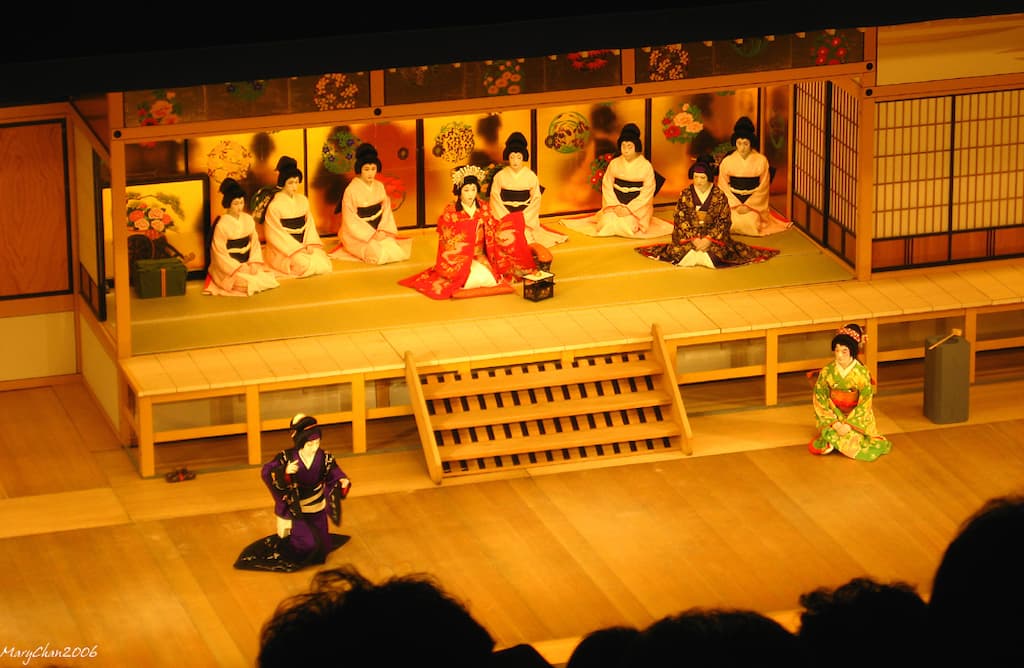
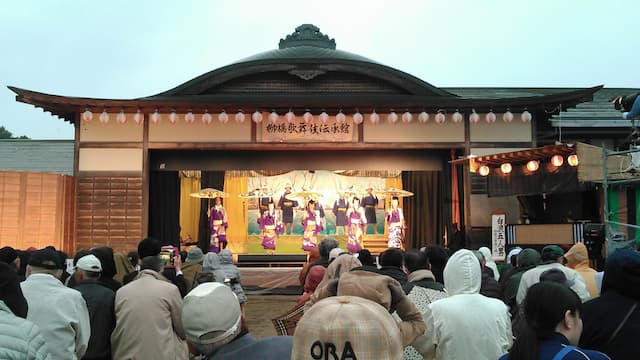
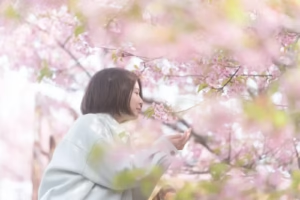
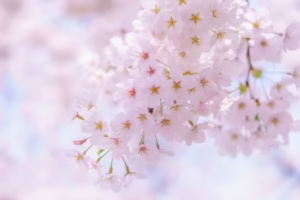
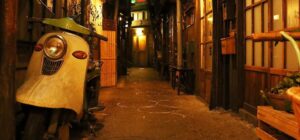

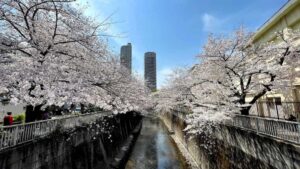
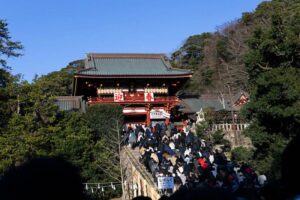
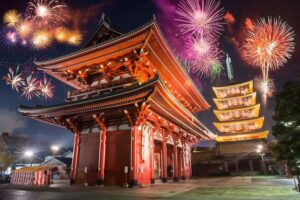
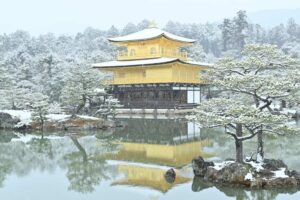
Comments